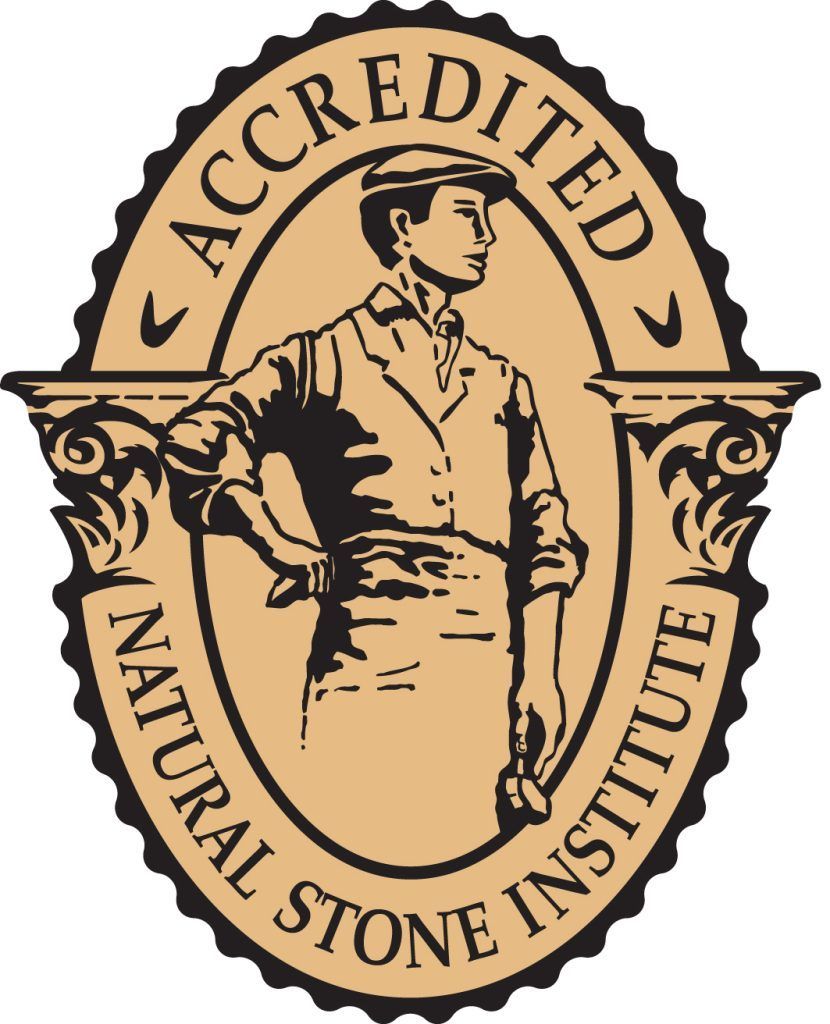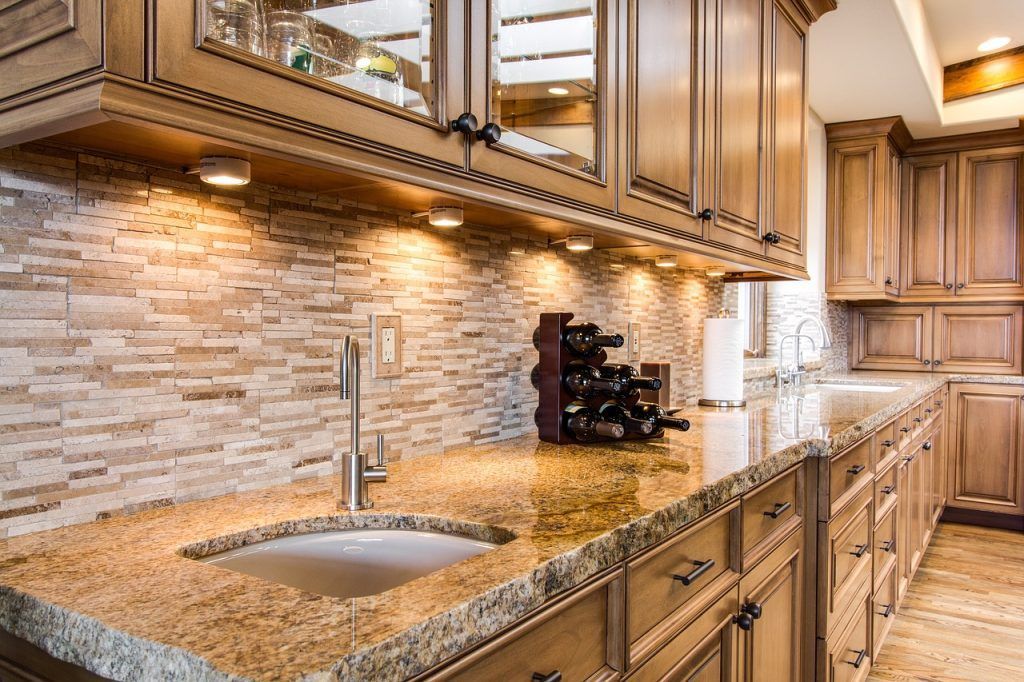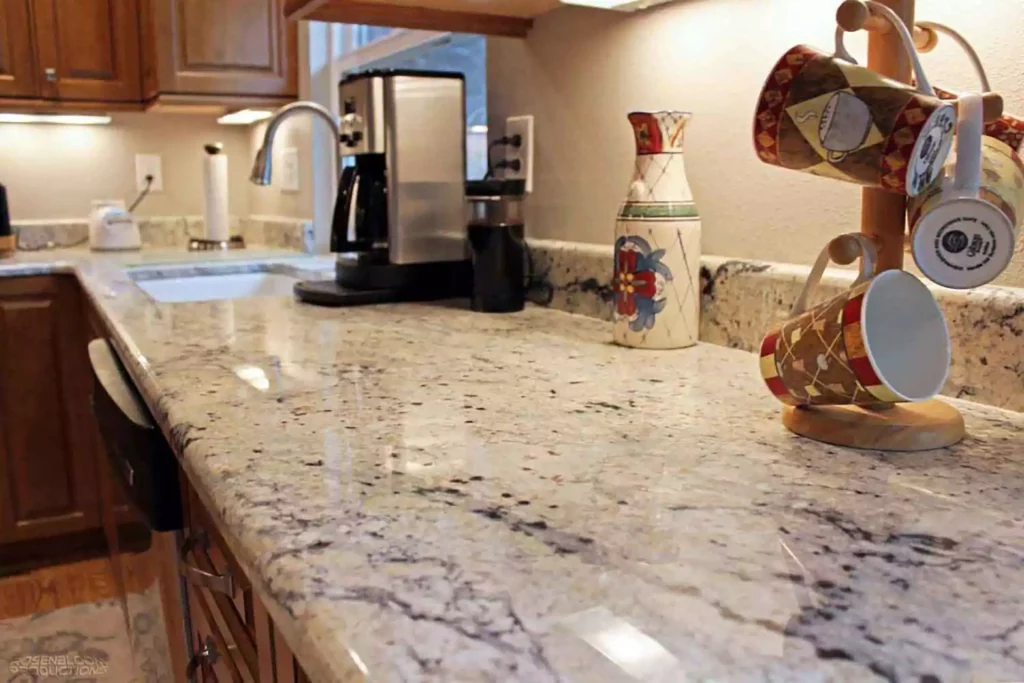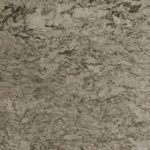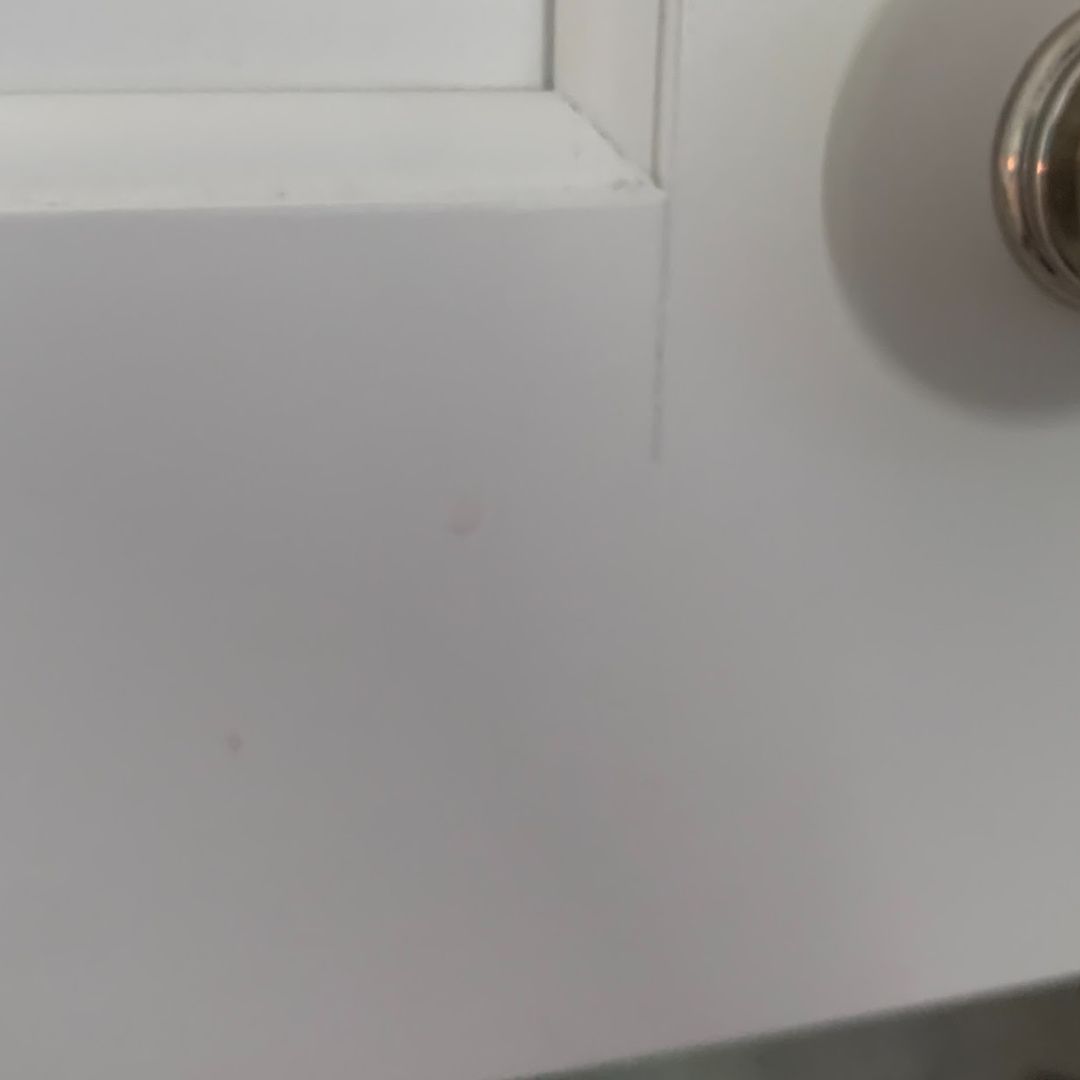Natural Stone Countertop Cleaning & Care Guide
This natural stone countertop cleaning and care guide will give you some tips to keep your granite or other stone surfaces looking like new. The natural stone you have purchased is an investment that will give your home or office many years of beautiful service. Natural stone surfaces include granite, marble, limestone, travertine, slate, quartzite, sandstone, adoquin, onyx, and more. Simple care and maintenance will help preserve your stone’s beauty for generations to come!
Natural Stone Countertop Care and Precautions:
Regular cleaning and maintenance will help your natural stone be more resistant to scratching and wear. Natural stone, especially polished stone, is sensitive to harsh chemicals. Wipe or mop stone surfaces with warm water or a pH-balanced neutral cleaner. Rinse the surface thoroughly after washing and dry with a soft cloth. Do not use scouring pads, powders, or creams; these products contain abrasives that may scratch the surface.
Do not use vinegar or any cleaners containing acids or strong alkaline agents. Use coasters under all glasses, particularly those containing alcohol or citrus juices. Many common foods and drinks contain acids that will etch or dull the surface of many stones.
Do not place hot items directly on the stone surface. Use trivets or mats under hot dishes and placemats under china, ceramics, silver or other objects that can scratch the surface.
Natural Stone Countertop Cleaning Procedures and Recommendations:
Dust mop interior floors frequently using a clean non-treated dry dust mop. Sand, dirt and grit do the most damage to natural stone surfaces due to their abrasiveness. Mats or area rugs inside and outside an entrance will help to minimize the sand, dirt and grit that will scratch the stone floor. Be sure that the underside of the mat or rug is a non-slip surface. Normally, it will take a person about eight steps on a floor surface to remove sand or dirt from the bottom of their shoes.
Do not use vacuum cleaners that are worn. The metal or plastic attachments or the wheels may scratch the surface.
Clean stone surfaces with a few drops of neutral cleaner, stone soap or a mild liquid dishwashing detergent and warm water. Use a clean rag mop on floors and a soft cloth for other surfaces for best results. Too much cleaner or soap may leave a film and cause streaks. Do not use products that contain lemon, vinegar or other acids on marble or other calcareous stones. Rinse the surface thoroughly after washing with the soap solution and dry with a soft cloth. Change the rinse water frequently. Do not use scouring powders or creams; these products contain abrasives that may scratch the stone.
In the bath or other wet areas, soap scum can be minimized by using a squeegee after each use. To remove soap scum, use a non-acidic soap scum remover or a solution of ammonia and water (about 1/2 cup ammonia to a gallon of water). Frequent or over-use of an ammonia solution may eventually dull the surface of the stone.
Vanity tops may need to have a penetrating sealer applied. Check with your installer for recommendations. A good quality marble wax or non-yellowing automobile paste wax can be applied to minimize water spotting.
In food preparation areas, the stone may need to have a penetrating sealer applied. Check with your installer for recommendations. If a sealer is applied, be sure that it is non-toxic and safe for use on food preparation surfaces. If there is a question, check with the sealer manufacturer.
In outdoor pool, patio or hot tub areas; flush with clear water and use a mild bleach solution to remove algae or moss
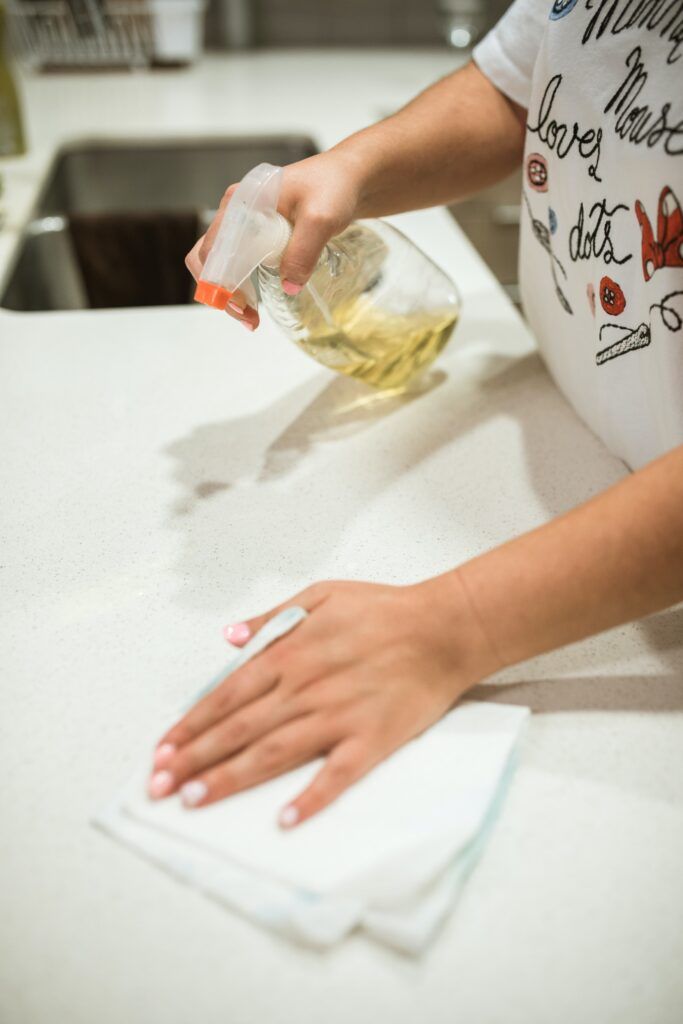
.
Know Your Stone:
Natural stone can be classified into two general categories according to its composition: siliceous stone or calcareous stone. Knowing the difference is critical when selecting cleaning products.
- Siliceous Stone is composed mainly of silica or quartz-like particles. It tends to be very durable and relatively easy to clean with mild acidic cleaning solutions. Types of siliceous stone include granite, slate, sandstone, quartzite, brownstone and bluestone.
- Calcareous Stone is composed mainly of calcium carbonate. It is sensitive to acidic cleaning products and frequently requires different cleaning procedures than siliceous stone. Types of calcareous stone include marble, travertine, limestone and onyx.
What may work to clean siliceous stone may not be suitable on calcareous surfaces.
How to Tell the Difference:
A simple acid sensitivity test can be performed to determine whether a stone is calcareous or siliceous. You will need about 4oz. of a 10% solution of *muriatic acid and an eyedropper. Or you can use household vinegar and an eyedropper. Because this test may permanently etch the stone, select an out of the way area (a corner or closet) and several inches away from the mortar joint. Apply a few drops of the acid solution to the stone surface on an area about the size of a quarter.
Rinse the area thoroughly with clean water and wipe dry. This test may not be effective if surface sealers or liquid polishes have been applied. If an old sealer is present, chip a small piece of stone away and apply the acid solution to the fractured surface.
- If the stone is calcareous, the acid drops will begin to bubble or fizz vigorously.
- If little or no reaction occurs, the stone can be considered siliceous.
*CAUTION: Muriatic acid is corrosive and is considered to be a hazardous substance. Proper head and body protection is necessary when acid is used.
Stone Finishes:
A polished finish on the stone has a glossy surface that reflects light and emphasizes the color and marking of the material. This type of finish is used on walls, furniture tops and other items, as well as floor tiles.
A honed finish is a satin-smooth surface with relatively little light reflection. Generally, a honed finish is preferred for floors, stair treads, thresholds and other locations where heavy traffic will wear off the polished finish. A honed finish may also be used on furniture tops and other surfaces.
A flamed finish is a rough-textured surface used frequently on granite floor tiles.
Stone Colors and Appearance:
Granites and marbles are quarried throughout the world in a variety of colors with varying mineral compositions. In most cases, marbles and granites can be identified by visible particles at the surface of the stone. Marble will normally show “veins” or high concentrations. The minerals in granite will typically appear as small flecks distributed uniformly in the stone. Each type of stone is unique and will vary in color, texture and marking.
Sandstones vary widely in color due to different minerals and clays found in the stone. Sandstone is light gray to yellow or red. A dark reddish-brown sandstone, also called brownstone, has commonly been used in the northeastern United States and eastern Canada. Bluestone is a dense, hard, fine-grained sandstone of greenish-gray or bluish-gray color and is quarried in the eastern United States.
Limestone is a widely used building stone with colors typically light gray, tan or buff. A distinguishing characteristic of many limestones is the presence of fossils that are frequently visible in the stone surface.
Slate is dark green, black, gray, dark red or multi-colored. It is most commonly used as a flooring material and for roof tiles and is often distinguished by its distinct cleft texture.
Spills and Stains:
Blot the spill with a paper towel immediately. Don’t wipe the area, it will spread the spill. Flush the area with plain water and mild soap, rinse several times. Dry the area thoroughly with a soft cloth. Repeat as necessary. If the stain remains, refer to the Stain Removal instructions.
Stain Removal:
Identifying the type of stain on the stone surface is the key to removing it. If you don’t know what caused the stain, play detective. Where is the stain located? Is it near a plant, a food service area, an area where cosmetics are used? What color is it? What is the shape or pattern? What goes on in the area around the stain?
Surface stains can often be removed by cleaning with an appropriate cleaning product or household chemical. Deep-seated or stubborn stains may require using a poultice or calling in a professional. The following sections describe the types of stains that you may have to deal with and appropriate household chemicals to use and how to prepare and apply a poultice to remove the stain.
Types of Stains and First Step Cleaning Actions:
- OIL-BASED (grease, tar, cooking oil, milk, cosmetics): An oil-based stain will darken the stone and normally must be chemically dissolved so the source of the stain can be flushed or rinsed away. Clean gently with a soft liquid cleanser with bleach, a household detergent, ammonia, mineral spirits OR acetone.
- ORGANIC (coffee, tea, fruit, tobacco, paper, food, urine, leaves, bark, bird dropping): May cause a pinkish-brown stain and may disappear after the source of the stain has been removed. Outdoors – with the sources removed, normal sun and rain action will generally bleach out the stains. Indoors – clean with 12% hydrogen peroxide (hair bleaching strength) and a few drops of ammonia.
- METAL (iron, rust, copper, bronze): Iron or rust stains are orange to brown in color and follow the shape of the staining object such as nails, bolts, screws, cans, flowerpots, metal furniture. Copper and bronze stains appear as green or muddy-brown and result from the action of moisture on nearby or embedded bronze, copper or brass items. Metal stains must be removed with a poultice. Deep-seated, rusty stains are extremely difficult to remove and the stone may be permanently stained.
- BIOLOGICAL (algae, mildew, lichens, moss, fungi): Clean with dilute (1/2 cup in a gallon of water) ammonia, bleach, OR hydrogen peroxide. DO NOT MIX BLEACH AND AMMONIA, THIS COMBINATION CREATES A TOXIC AND LETHAL GAS!
- INK (magic marker, pen, ink): For light-colored stone – clean with bleach or hydrogen peroxide. For dark-colored stone – clean with lacquer thinner or acetone
- PAINT: Small amounts can be removed with lacquer thinner or scraped off carefully with a razor blade. Heavy paint coverage should be removed only with a commercial “heavy liquid” paint stripper available from hardware stores and paint centers. These strippers normally contain caustic soda or lye. Do not use acids or flame tools to strip paint from stone. Paint strippers can etch the surface of the stone; repolishing may be necessary. Follow the manufacturer’s directions for use of these products, taking care to flush the area thoroughly with clean water. Protect yourself with rubber gloves and eye protection, and work in a well-ventilated area. Use only wood or plastic scrapers for removing the sludge and curdled paint. Normally, latex and acrylic paints will not cause staining. Oil-based paints, linseed oil, putty, caulks and sealants may cause oily stains.
- WATER SPOTS and RINGS(surface accumulation of hard water): Buff with dry 0000 steel wool.
- FIRE and SMOKE DAMAGE: Older stones and smoke or fire stained fireplaces may require a thorough cleaning to restore their original appearance. Commercially available “smoke removers” may save time and effort.
- ETCH MARKS: Caused by acids left on the surface of the stone. Some materials will etch the finish but not leave a stain. Others will both etch and stain. Once the stain has been removed, wet the surface with clear water and sprinkle on marble polishing powder available from a hardware or lapidary store, or your local stone dealer. Rub the powder onto the stone with a damp cloth or by using a buffing pad with a low-speed power drill. Continue buffing until the etch mark disappears and the marble surface shines. Contact your stone dealer or call a professional stone restorer for refinishing or repolishing etched areas that you cannot remove.
- EFFLORESCENCE : This white powder may appear on the surface of the stone. It is caused by water carrying mineral salts from below the surface of the stone rising through the stone and evaporating. When the water evaporates, it leaves the powdery substance. If the installation is new, dust mop or vacuums the powder. You may have to do this several times as the stone dries out. Do not use water to remove the powder; it will only temporarily disappear. If the problem persists, contact your installer to help identify and remove the cause of the moisture.
- SCRATCHES and NICKS: Slight surface scratches may be buffed with dry 0000 steel wool. Deeper scratches and nicks in the surface of the stone should be repaired and repolished by a professional.
Making and Using a Poultice
A poultice is a liquid cleaner or chemical mixed with a white absorbent material to form a paste about the consistency of peanut butter. The poultice is spread over the stained area to a thickness of about 1/4 to 1/2 inch with a wood or plastic spatula, covered with plastic and left to work for 24 to 48 hours. The liquid cleaner or chemical will draw out the stain into the absorbent material. Poultice procedures may have to be repeated to thoroughly remove a stain but some stains may never be completely removed.
Poultice Materials:
Poultice materials include kaolin, fuller’s earth, whiting, diatomaceous earth, powdered chalk, white molding plaster or talc. Approximately one pound of prepared poultice material will cover one square foot. Do not use whiting or iron-type clays such as fuller’s earth with acid chemicals. The reaction will cancel the effect of the poultice. A poultice can also be prepared using white cotton balls, white paper towels or gauze pads.
Cleaning Agents or Chemicals:
- OIL-BASED stains: Poultice with baking soda and water OR one of the powdered poultice materials and mineral spirits.
- ORGANIC stains: Poultice with one of the powdered poultice materials and 12% hydrogen peroxide solution (hair bleaching strength) OR use acetone instead of the hydrogen peroxide.
- IRON stains: Poultice with diatomaceous earth and a commercially available rust remover. Rust stains are particularly difficult to remove. You may need to call a professional.
- COPPER stains: Poultice with one of the powdered poultice materials and ammonia. These stains are difficult to remove. You may need to call a professional.
- BIOLOGICAL stains: Poultice with dilute ammonia, bleach, OR hydrogen peroxide. *DO NOT MIX AMMONIA AND BLEACH, THIS COMBINATION CREATES A TOXIC AND LETHAL GAS!*
Applying the Poultice:
If using powder, mix the cleaning agent or chemical to a thick paste-like the consistency of peanut butter.
If using paper, soak in the chemical and let drain. Don’t let the liquid drip.
- Wet the stained area with distilled water.
- Apply the poultice to the stained area about 1/4 to 1/2 inch thick and extend the poultice beyond the stained area by about one inch. Use a wood or plastic scraper to spread the poultice evenly.
- Cover the poultice with plastic and tape the edges to seal it.
- Allow the poultice to dry thoroughly, usually about 24 to 48 hours. The drying process is what pulls the stain out of the stone and into the poultice material. After about 24 hours, remove the plastic and allow the poultice to dry.
- Remove the poultice from the stain, rinse with distilled water and buff dry with a soft cloth. Use the wood or plastic scraper if necessary.
- Repeat the poultice application if the stain is not removed. It may take up to five applications for difficult stains.
- If the surface is etched by the chemical, apply a polishing powder and buff with burlap or felt buffing pad to restore the surface.
Should I Seal My Stone Countertops?
Most granite countertops do not need to be sealed. If a homeowner cleans their countertops after each meal, they will rarely, if ever, have staining or cleanability issues with granite. However, there are some benefits to having them sealed. In many cases it makes sense to seal marble and granite countertops with a quality sealer. The product should have a life expectancy of ten to fifteen years and be of an oliophobic (resistant to water and oil based stains) nature. Once properly sealed, the stone will be more resistant against everyday dirt and spills.
In today’s natural stone industry, many species of granite receive a resin treatment at the factory where the blocks of granite are cut into slabs and then polished. Both resined as well as un-resined slabs will outlast most of our lifetimes. Sealing resin treated countertops may increase the resistance of the already resistant nature of stone.
Sealing is a common step taken on some stones as an extra precaution against staining. In fact, the sealing products used in the stone industry are “impregnators” which do not actually seal the stone, but more correctly act as a repellent rather than a sealer. Sealing does not make the stone stain proof, rather it makes the stone more stain resistant. Many stones do not require sealing. However, applying an impregnating sealer is a common practice.
The answer to the question of, ‘Should I seal my stone countertops,” could vary greatly depending on your unique situation and you should defer to the manufacturer’s recommendations for of your particular stone.
Natural Stone Care Do’s and Don’ts
DO Dust mop floors frequently
DO Clean surfaces with mild detergent or stone soap
DO Thoroughly rinse and dry the surface after washing
DO Blot up spills immediately
DO Protect floor surfaces with non-slip mats or area rugs and countertops surfaces with coasters, trivets or placemats
DON’T Use vinegar, lemon juice or other cleaners containing acids on marble, limestone, travertine or onyx surfaces
DON’T Use cleaners that contain acids such as bathroom cleaners, grout cleaners or tub and tile cleaners
DON’T Use abrasive cleaners such as dry cleansers or soft cleansers
DON’T Mix bleach and ammonia; this combination creates a toxic and lethal gas
DON’T Ever mix chemicals together unless directions specifically instruct you to do so
Call your professional stone supplier, installer, or restoration specialist for problems that appear too difficult to treat.
See our other care and maintenance guides HERE , or visit some of our brand’s sites for more specifics related to natural stone cleaning, care, and maintenance. :
- Natural Stone Institute
- Arizona Tile – Care & Maintenance
- Daltile – Caring For & Maintaining Natural Stone
- MSI Surfaces – Care and Cleaning of Natural Stone
- Cosentino – Silestone Cleaning and Maintenance
- The Stone Collection – Care & Maintenance
- Bedrosians Tile & Stone – Natural Stone Tile Installation, Care & Maintenance Instructions
- Ceasarstone – Care and Maintenance


